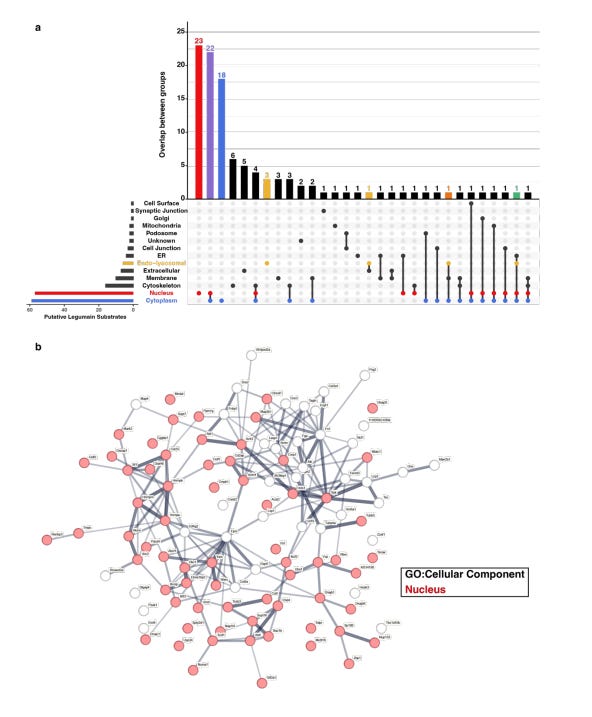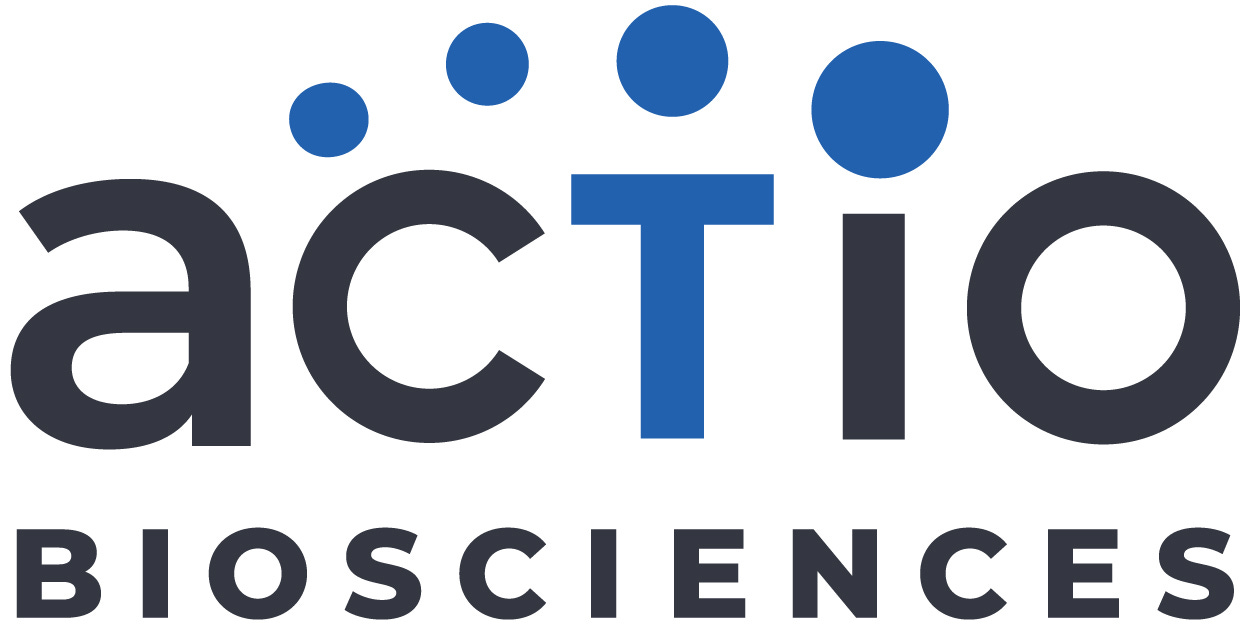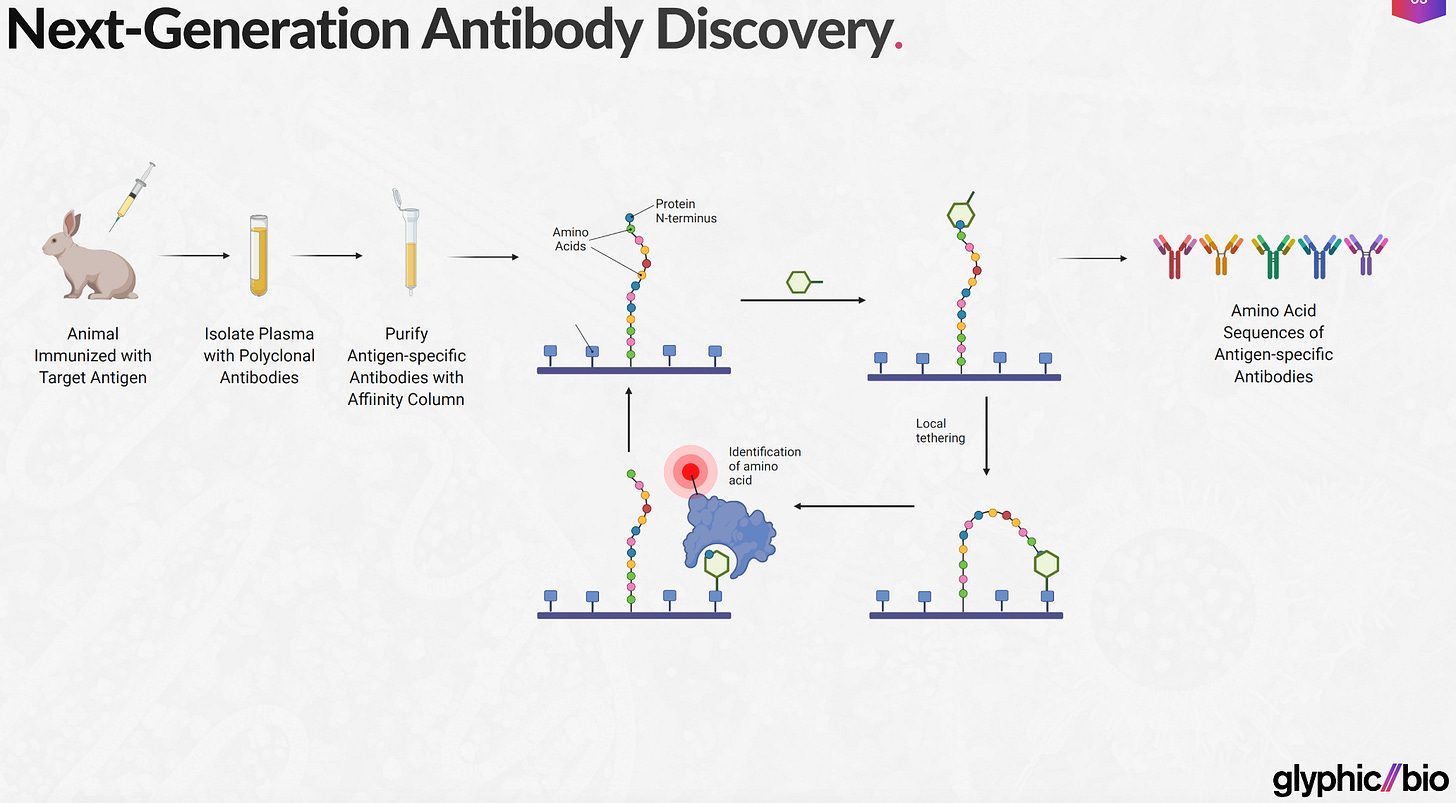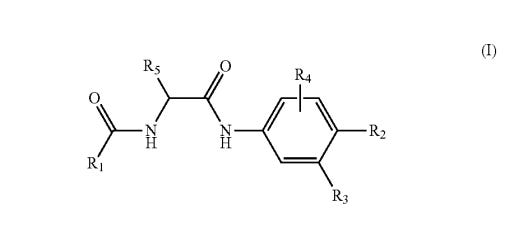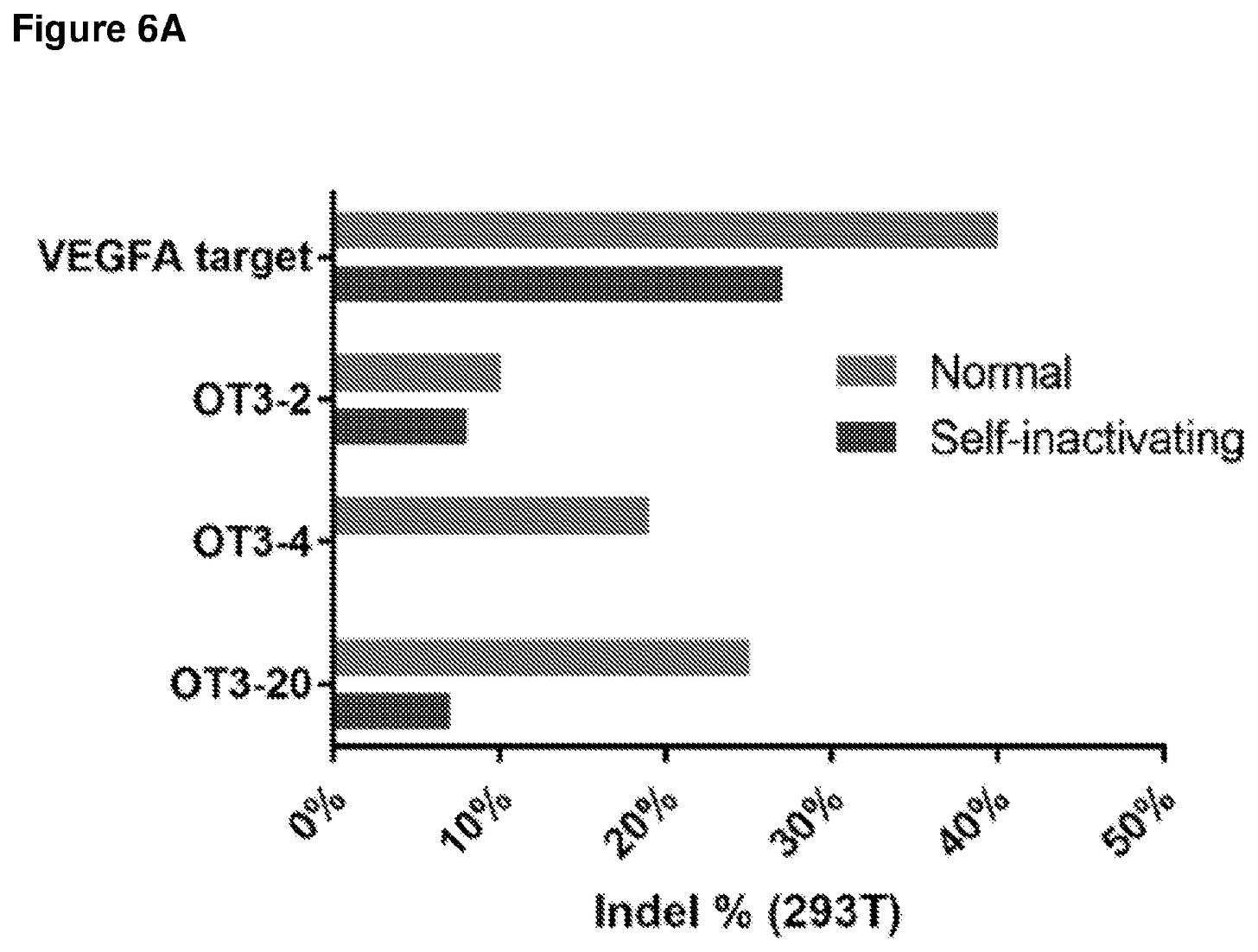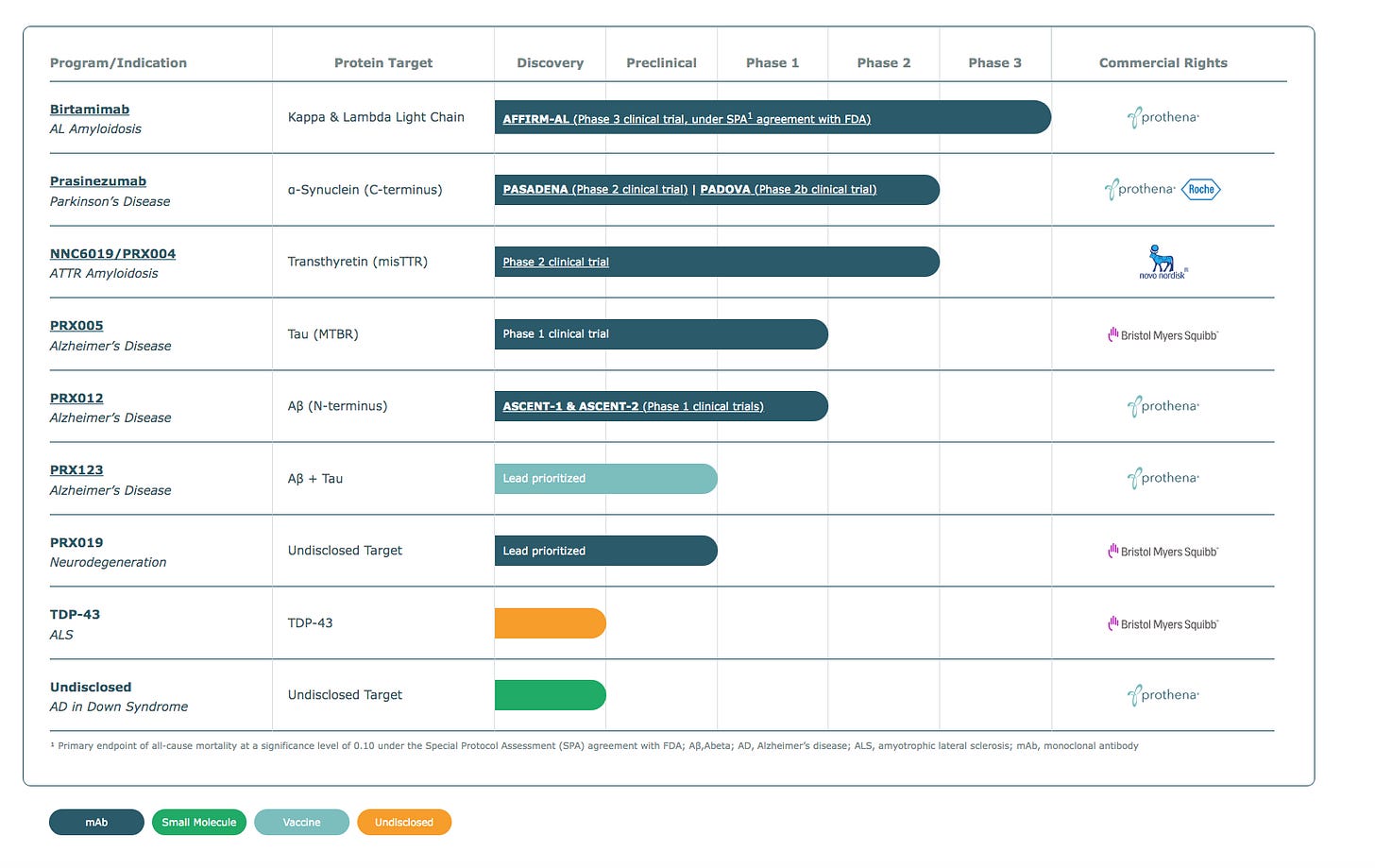Digest 9/12/23
Surveying great inventors and businesses
Axial: https://linktr.ee/axialxyz
Axial partners with great founders and inventors. We invest in early-stage life sciences companies such as Appia Bio, Seranova Bio, Delix Therapeutics, Simcha Therapeutics, among others often when they are no more than an idea. We are fanatical about helping the rare inventor who is compelled to build their own enduring business. If you or someone you know has a great idea or company in life sciences, Axial would be excited to get to know you and possibly invest in your vision and company . We are excited to be in business with you - email us at info@axialvc.com
FAIMS-enabled N-terminomics analysis reveals novel legumain substrates in murine spleen led by Alexander Ziegler from the Laura Edgington-Mitchell lab https://www.biorxiv.org/content/10.1101/2023.07.18.549248v1
Vault: Olink & Proteomics
Actio Biosciences raised $55M co-led by Canaan Partners & DROIA Ventures. To advance their pipeline of drug candidates, with the idea to bridge from rare diseases to more common ones.
Founded in 2021, the company's premise is to develop new therapeutics that target shared genetics in rare and common diseases. Bringing "meaningful medicines from one to many." Nominating programs where both biological and technical risk can be minimized to streamline the drug development process. With its pipeline led by a candidate targeting TRPV4, an ion channel. For the treatment of rare diseases caused by TRPV4 mutations, including Charcot-Marie-Tooth disease type 2C (CMT2C), characterized by severe muscle weakness, vocal cord paresis and respiratory complications, as well as serious bone diseases, such as metatropic dysplasia. Followed by 2 additional programs for genetic epilepsies and genetic skin conditions.
While it is well known that a single gene can lead to rare disease, the function of mutations in those single genes and how they might be modulated for therapeutic intervention is often not well understood. Actio's platform plugs into a target database, what they call the Rare Disease Target Atlas, to rely on human genetics to identify relevant disease targets. Also working with the Rare Disease Translational Center at The Jackson Laboratory (JAX), to evaluate targets/phenotypes in genetically engineered mouse models.
Glyphic Biotechnologies, founded in 2021, is building a protein sequencing platform to discover & measure proteoforms. Which are a specific molecular form of a protein encoded by gene. Arising from SNPs/CNVs, alternative splicing, and/or post-translational modifications (PTM).
Glyphic's platform relies on a novel enzymatic process called ClickP. That detaches the target amino acid from the protein chain. Making it easier to identify the amino acid without interference from the other amino acids in the chain. Sequencing proteins one amino acid at a time, allowing for single-molecule sequencing. Expanding access to new tools that measure the proteome. With the potential to uncover new biology and power transformative medicines.
Walgreen's and Pearl Health announced a partnership to connect the former's capabilities in prescriptions & diagnostics to Pearl's value-based care product offering.
Pearl Health helps primary care providers/physicians with tools to provide value-based care. Walgreens will offer complementary services like prescription fulfillment, medication adherence, immunizations, and diagnostic testing. All to help providers deal with patients transitioning from the hospital to the home. Focusing on providers, nationwide, within Medicare's ACO Reach model.
Pearl has expanded from 10 to 29 states over the last year or so. Working with >800 physicians at ~120 practices caring for about 43K Medicare patients. Now plugging into Walgreen's footprint of ~9K stores across the US; reachable by over 70% of the population within 5 miles of a Walgreen's.
https://www.businesswire.com/news/home/20230912625674/en/
SEQ-9, an oral Mtb 23S ribosome inhibitor developed by Sanofi
A common route of resistance to tuberculosis involves overexpression of Erm(37) in M. tuberculosis (Mtb). Which expresses an RNA methyltransferase that methylates the A2058 position of the 23S ribosome RNA, hindering macrolide antibiotic binding. The sequanamycins (SEQ) are a class of molecules that overcomes this resistance mechanism, primarily attributed to the change from a dimethylamine to a carbonyl/oxime, which appears to compensate for the change in a key water molecule lacking in the mutant.
The key to improving oral bioavailability & overall PK were the increase in acid and liver stability through the use of an uncommon 1,4-oxazepane. The oral efficacy of the molecule is remarkable given its beyond the rule of 5 properties.
https://linkinghub.elsevier.com/retrieve/pii/S0092867423001022
Worth a Read: 'Biotech Models: Virtual Reality vs Virtual Mythology' https://lifescivc.com/2011/11/virtual-reality-vs-virtual-mythology/
Scientist Stories: John Stamatoyannopoulos, High Resolution Maps of Regulatory DNA
Small molecule modulators of IL-17
Inventors: Kevin Neil Dack, Xifu Liang, Mogens Larsen, Mark Andrews, Alan Stuart Jessiman, Mia Nørreskov Burhardt, Patrick Stephen Johnson, Peter Andersen, Lars Jørgensen
Current Assignee: Leo Pharma A/S
Claims: small molecules to bind IL-17, reducing its ability to activate the IL-17 receptor. Which is a pro-inflammatory cytokine.
https://patentimages.storage.googleapis.com/7e/ee/5d/972ba660271b2c/US11377425.pdf
Self-Inactivating Targeted DNA Nucleases For Gene Therapy invented by David Schaffer https://techtransfer.universityofcalifornia.edu/NCD/25333.html
IP that modifies a nuclease's (i.e. ZFN, CRISPR, TALEN) DNA so it will cleave the host genome target DNA site & also excise its own DNA from the stable delivered construct. Reducing the risks of these nucleases remaining present in target cells after editing.
Abcam is hiring a Scientist for Cell Engineering https://www.linkedin.com/jobs/view/3715444546
Abcam provides the research and clinical communities with tools and scientific support. Offering validated antibodies, assays, and other research tools. Across a customer base of ~750K users.
Prothena Biosciences develops new medicines for neurodegeneration & amyloid diseases, focusing on protein dysregulation. Founded in 2012 after spinning out of Elan, Prothena can trace its roots all the way to Athena Neurosciences, which was founded in 1986. Where Athena was one of the earliest companies developing drugs for Alzheimer’s disease from the lens of amyloid. With Athena acquired by Elan in 1996.
Now Prothena is carry this legacy with ongoing clinical trials; a phase 3 trial for amyloidosis. And a phase 1 study evaluating a drug candidate targeting tau for Alzheimer's disease. Both monoclonal antibodies.
"It's not enough what I did in the past - there is also the future"
- Rita Levi-Montalcini, Nobel Prize winner for discovering nerve growth factor


